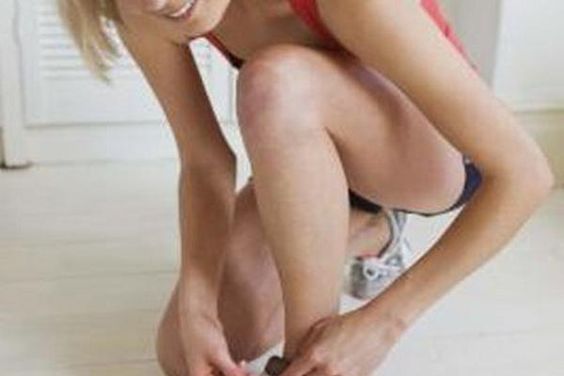A properly developed foot has three parts: toes, metatarsus, and tarsus. It also has a system of longitudinal and transverse arches, also called arches, which are the result of correct tension in the muscles of the foot and lower leg. These arcs primarily have a shock-absorbing function when performing various movements (running, jumping, walking, etc.).
They are like springs that stretch under varying loads. A well-shaped foot should touch the ground at three points. Tumor of the head of the first and fifth metatarsal bones and calcaneus.
Flat feet are characterized by the fact that in unloaded conditions, most of it, or, in more serious cases, the entire foot is in contact with the ground. This is a defect that not only causes distortions that are unpleasant for the eye, but also disrupts the function of the foot, and in extreme cases can cause pain. Flat feet can also change your gait. This is most often caused by a deficiency in the muscles directly responsible for the bending of the foot.
Flat feet can be congenital or acquired. Obviously, birth defects of the foot are difficult to prevent and can only be corrected at a later age. However, the formation of a flat acquired foot can be avoided. It is not difficult to prevent the development of such a defect and does not require large sacrifices or financial costs. Just follow the guidelines below:
How to avoid flat feet
Maintain an appropriate body weight. Too much body weight puts excessive pressure on the arches of the foot, which directly leads to their reduction and, ultimately, to complete flattening.
Do not stand too long with a heavy load – it can be a heavy bag with purchases or a backpack overloaded with books, for example, while waiting at the bus stop.
Exercise often. It is best to play sports in which the lower limbs are heavily loaded, especially the feet (volleyball, basketball, handball, skiing, swimming, etc.)
Pay attention to the shoes you buy for yourself, especially if you are buying shoes for children, as the feet are most susceptible to this defect. Shoes must be the right size. It would be better if they had a well-profiled anatomically shaped inner insole or outsole that forces the foot to properly support the arch of the foot.
You can also purchase insoles or heels with the correct contour. Such inserts should be at every point with rehabilitation equipment.








